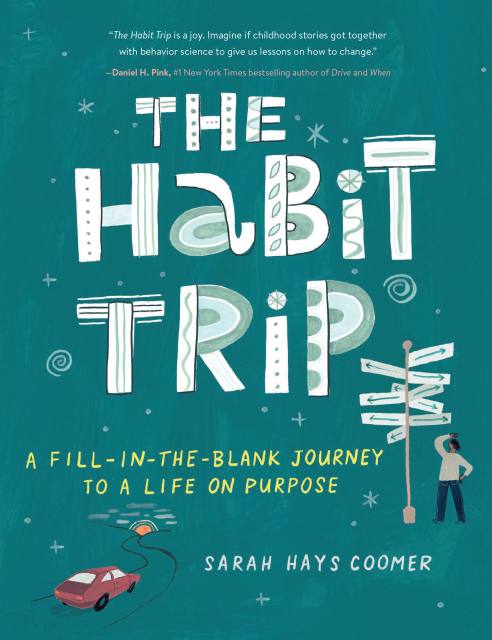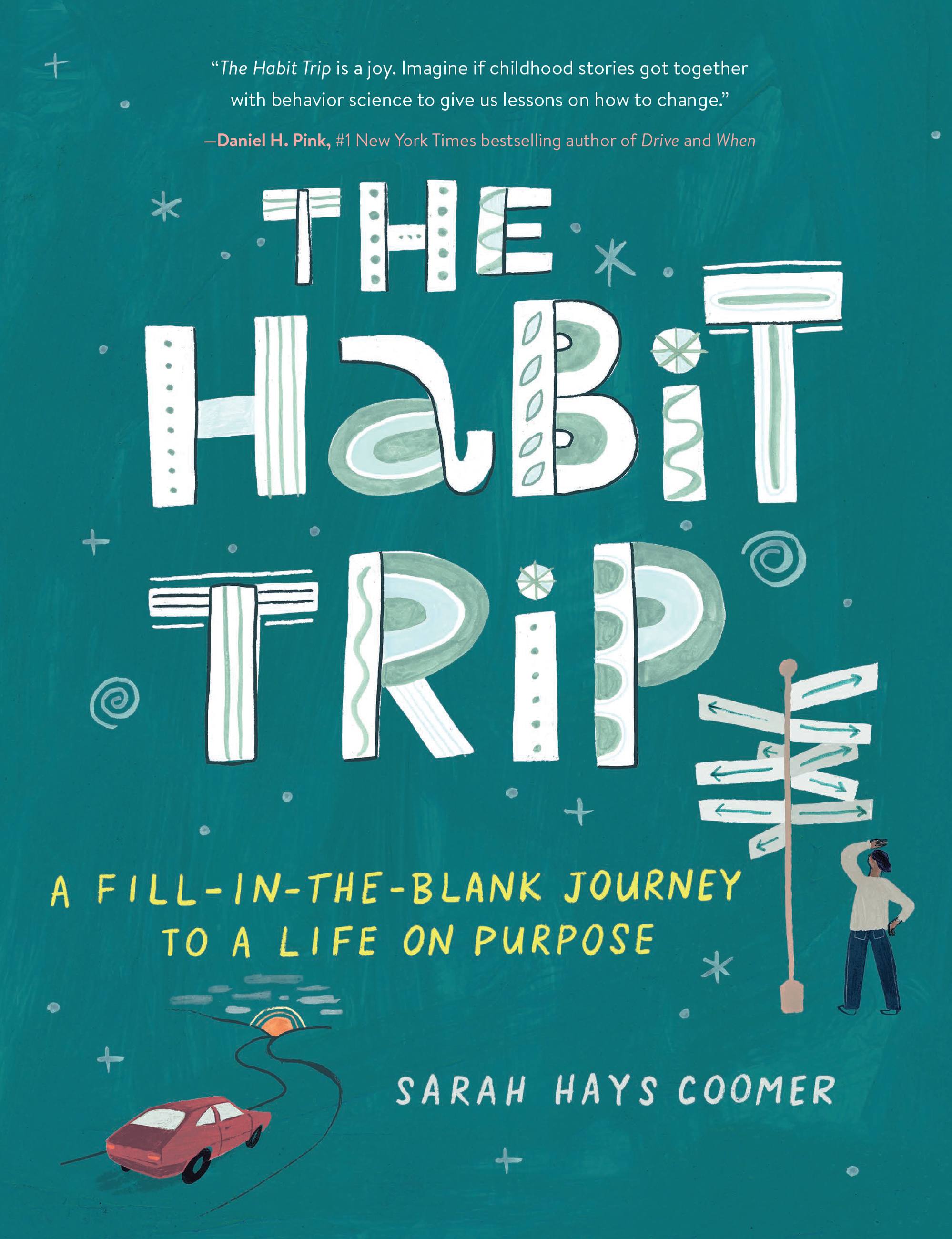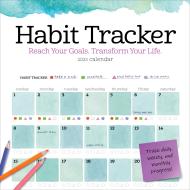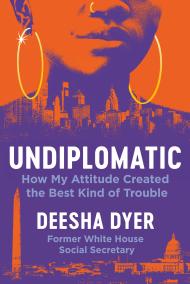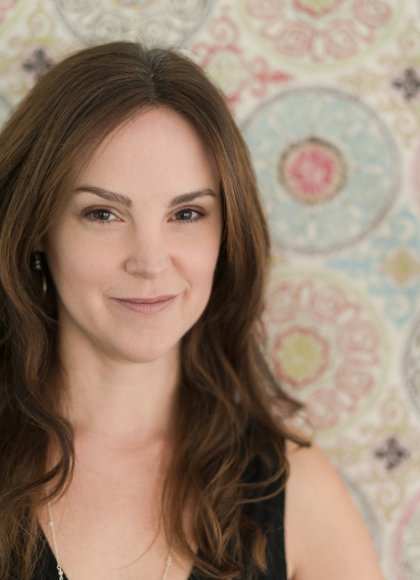Promotion
Shop now and save 20% on your back-to-school purchases & get free shipping on orders $45+ Use code: SCHOOL24
The Habit Trip
A Fill-in-the-Blank Journey to a Life on Purpose
Contributors
Formats and Prices
Price
$11.99Price
$15.99 CADFormat
Format:
- ebook $11.99 $15.99 CAD
- Trade Paperback $19.99 $24.99 CAD
This item is a preorder. Your payment method will be charged immediately, and the product is expected to ship on or around December 1, 2020. This date is subject to change due to shipping delays beyond our control.
Also available from:
When something feels wrong, your routines are a mess, and nothing is working, you want to make a change. The impulse is to go big: start a ten-day fast. Work out five times a week. Quit your job, end your marriage, and move to Dubai — raze it all to the ground. But those drastic efforts tend to fizzle out before they’ve even begun. The Habit Trip maps the topography of who you are and what you love, revealing a personalized infrastructure for well-being that is hiding in plain sight.
The journey is divided into three sections:
- The Situation: evaluate your life in ten areas to identify what’s working and what’s not
- The Solution: find micro-doses of solace and strength to bolster your health and stability
- The Payoff: amplify the power, peace, and presence that comes with knowing what matters most
The Habit Trip is an actionable antidote for stress and frustration, nestled inside of an interactive workbook in which you are the one and only expert. By the end of your rollicking journey (accompanied by a host of enchanted creatures), you’ll have charted an easier way to roll through the joyful chaos of life, one habit at a time. Your challenges, your solutions, your way.
- On Sale
- Dec 1, 2020
- Page Count
- 224 pages
- Publisher
- Running Press
- ISBN-13
- 9780762498994
Newsletter Signup
By clicking ‘Sign Up,’ I acknowledge that I have read and agree to Hachette Book Group’s Privacy Policy and Terms of Use
